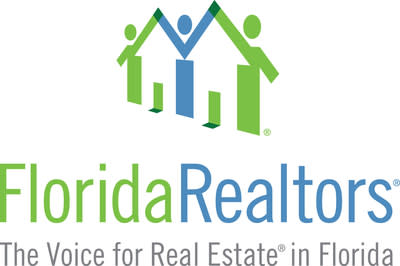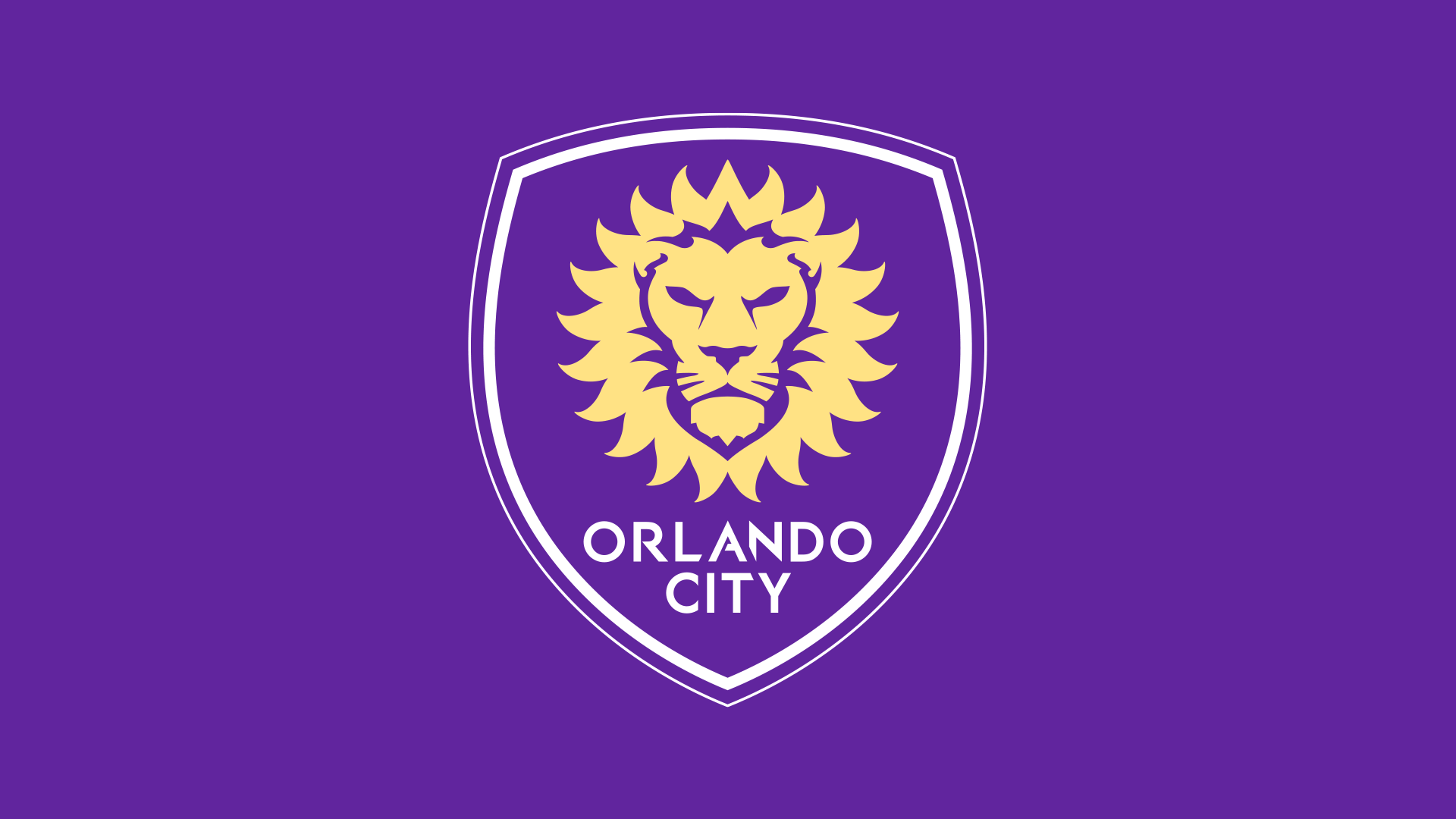Slowdown in Price Growth Could Push Up Cap Rates

The price increases that commercial real estate has seen over the last two years is beginning to slow, raising the possibility of a rise in cap rates over the next several months after sitting near all-time lows, according to First American Financial Corporation (FAF). A just-released model from FAF for the first quarter of 2022 predicts that cap rates appear “poised to move upwards” as real estate investors look to shift their risk tolerance.
“Since capitalization (cap) rates are a measure of return on an asset, higher ‘risk-free’ rates mean sellers will need to reduce their price expectations or increase cash flow, if that’s an option, to entice buyers seeking competitive yields, which should also push cap rates up,” said FAF’s Xander Snyder. He added that the recent interest rate hikes and likely future hikes could have an impact on cap rates, though not as much as property price growth, which he called a more significant driver.
Among the property types, office and retail assets brought down the overall commercial real estate price growth in the first quarter of 2022, while multifamily and industrial properties set price growth records. Despite this, there’s currently a record amount of industrial space in the pipeline across the U.S. that is slated to come online later this year, which could tamp down price growth for industrial properties and put more upward pressure on cap rates later in the year. The overall moderation in price growth is something FAF sees more as “new normal” rather than a notable disruption.
See Also
The prediction is welcome news for real estate investors, who haven’t had the sunniest outlook of commercial real estate lately. Inflation, which has remained high since it began to surge last year, has caused the stock market to have its worst first half in 50 years. Add on to that the continued uncertainty of what will happen with the office going forward and the ongoing COVID pandemic. Despite it all, office leasing is bouncing back in areas around the country, including the Dallas-Fort Worth region, Miami, and New York City.


